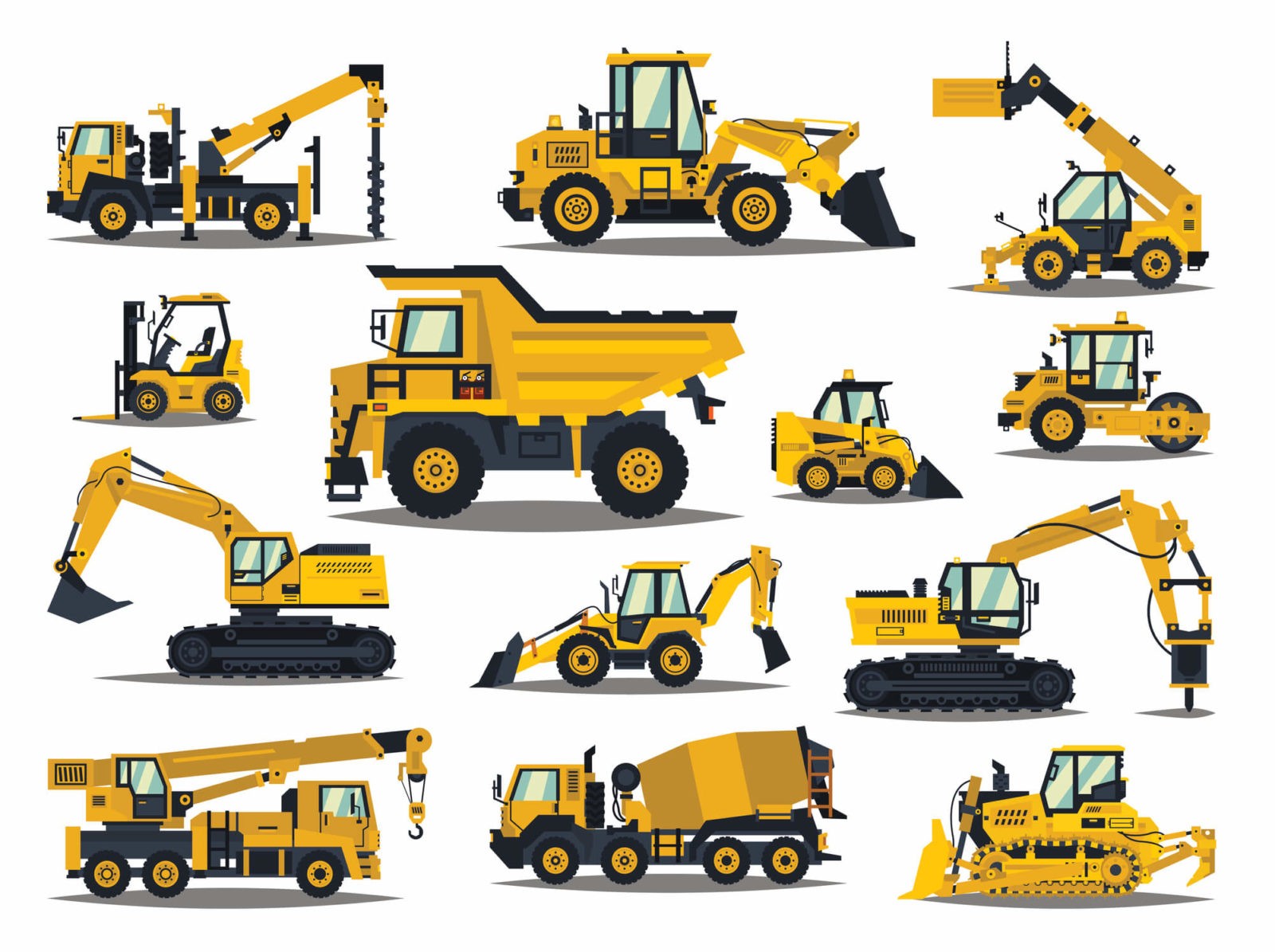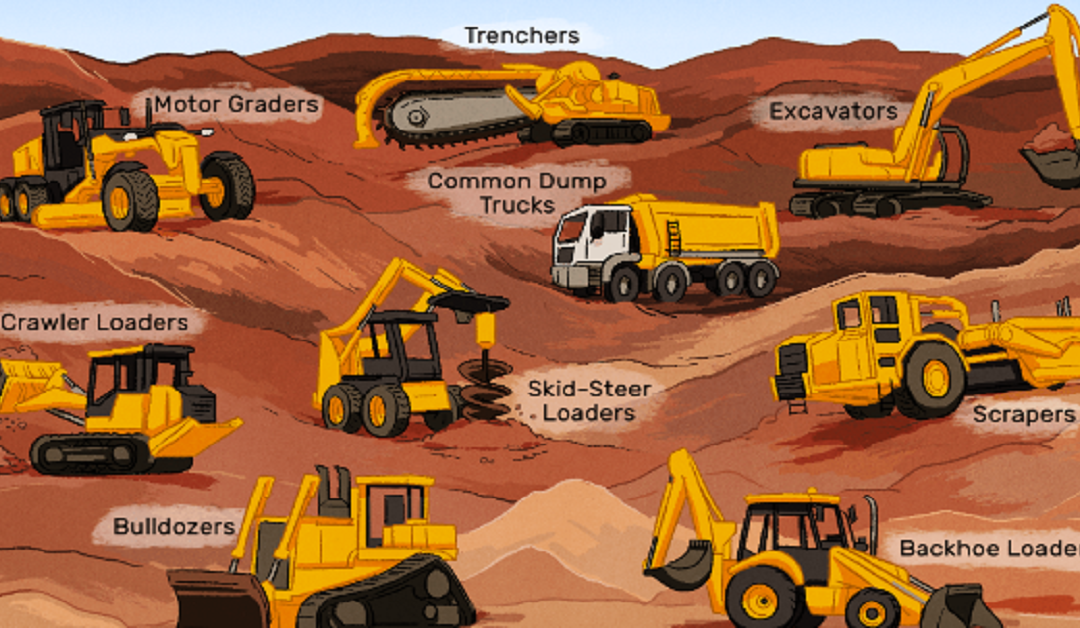Heavy Equipment Rental: High-Quality Machinery for Rental Fee
Heavy Equipment Rental: High-Quality Machinery for Rental Fee
Blog Article
Leasing Vs. Purchasing Construction Devices: Making the Right Option for Your Job
When beginning on a construction job, one of the essential choices that forecast stakeholders and supervisors deal with is whether to rent or get construction devices. Both options have their advantages and downsides, making the option an essential one in the job preparation process. The decision rests on numerous aspects such as price considerations, project duration, equipment maintenance, adaptability, scalability, and threat monitoring. Each component plays an essential function in figuring out one of the most ideal path for the task's devices needs. mini excavator rental. Allow's discover these aspects further to comprehend exactly how they influence the decision-making process and eventually the success of the project.
Cost Considerations
When assessing the financial facet of acquiring versus renting out construction equipment, the in advance prices and lasting expenses must be meticulously taken into consideration. Leasing equipment often requires lower first repayments contrasted to buying, making it an attractive alternative for temporary tasks or specialists with budget plan constraints. Renting out eliminates the demand for huge funding expenses and decreases the financial danger associated with tools possession, such as upkeep and depreciation costs. However, in the lengthy run, continuously renting tools can gather higher costs than purchasing, especially for extensive projects.
On the other hand, getting building equipment includes greater ahead of time prices however can result in long-lasting savings, especially for regular users or long-term tasks. Inevitably, the decision between acquiring and renting building devices pivots on the project's period, regularity of usage, spending plan factors to consider, and lasting monetary goals.
Project Duration

On the other hand, for long-lasting tasks or ongoing construction job, acquiring tools might be the much more economical alternative. Acquiring equipment can lead to cost financial savings in the future, particularly if the devices will be often used. Additionally, owning tools supplies a sense of control over its schedule and allows for modification to fit details project needs.

Equipment Upkeep
Provided the important role task period plays in identifying the most cost-effective approach between renting out and purchasing building and construction equipment, the emphasis now moves towards checking out the essential facet of tools upkeep. Correct maintenance is essential for making certain the optimum efficiency and long life of construction tools. Renting out tools typically features the benefit of having well-maintained machinery supplied by the rental firm. This can relieve the concern of maintenance tasks from the project owner or professional, conserving effort and time. On the other hand, owning tools requires a positive strategy to upkeep to stop failures, ensure safety, and prolong the equipment's life expectancy. Routine assessments, servicing, and timely repair services are necessary to keep owned tools in top working condition. Aspect in maintenance costs when choosing between getting and renting out, as ignoring maintenance can result in costly repair services, downtime, and project delays. Ultimately, a well-maintained construction devices fleet, whether rented out or possessed, is crucial for the effective and effective conclusion of building tasks.
Adaptability and Scalability
In the realm of building tools management, the element of adaptability and scalability holds substantial importance for project efficiency and source use. Deciding to rent out construction devices provides a high level of adaptability as it allows for the fast change of equipment types and quantities based on the progressing needs of a task.
Renting building equipment supplies the advantage of easily scaling operations up or down as project needs vary. Professionals can quickly include or exchange equipment to match the project's changing demands without the constraints of having possessions that might come to be underutilized or out-of-date.
Threat Monitoring
Efficient danger monitoring in building and construction devices procedures is paramount to making sure task success and mitigating prospective financial losses. Building tasks naturally include different risks, such as equipment failures, accidents, and task hold-ups, which can considerably impact the job timeline and spending plan. By very carefully thinking about the threats related to owning or leasing construction tools, job managers can make informed choices to decrease these prospective hazards.
Renting out building equipment can use a level of threat mitigation by rental company near me moving the obligation of repair and maintenance to the rental firm. This can decrease the monetary worry on the job owner in instance of unanticipated tools failures (aerial lift rental). Furthermore, renting out gives the versatility to access customized tools for certain job stages, minimizing the danger of owning underutilized equipment
On the various other hand, possessing construction equipment gives a feeling of control over its usage and maintenance. Nevertheless, this also implies bearing the complete obligation for fixings, upkeep prices, and depreciation, enhancing the monetary risks related to devices possession. Careful threat assessment and consideration of elements such as project period, equipment use, and maintenance requirements are vital in identifying one of the most ideal alternative for effective risk administration in building and construction projects.
Final Thought
To conclude, when making a decision in between renting and buying building tools, it is essential to take into consideration expense, project duration, equipment maintenance, versatility, risk, and scalability administration. Each aspect plays a vital duty in identifying one of the most appropriate option for the job at hand. By very carefully assessing these facets, project supervisors can make an informed decision that aligns with their budget plan, timeline, and general task goals.

Report this page